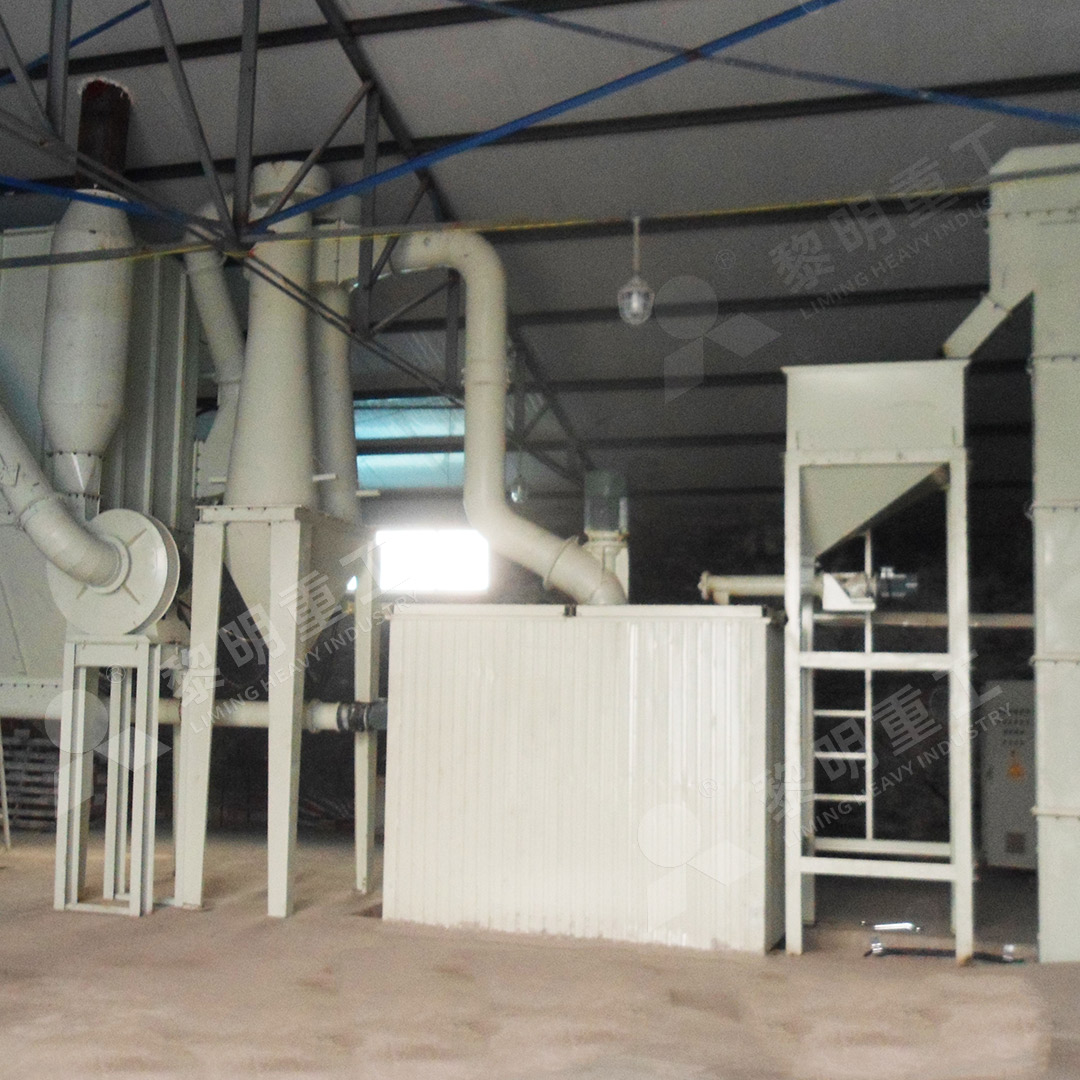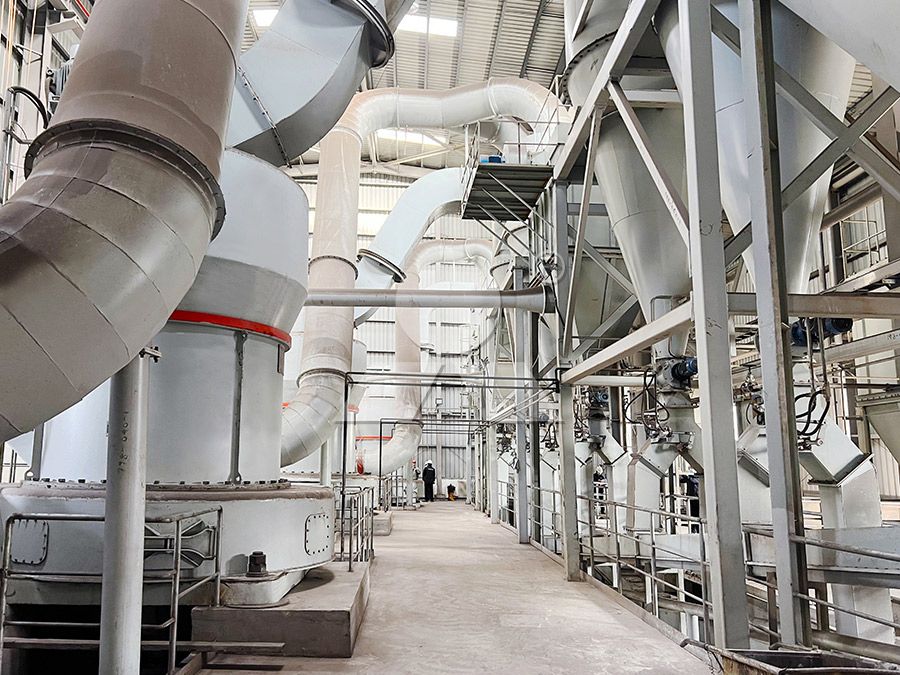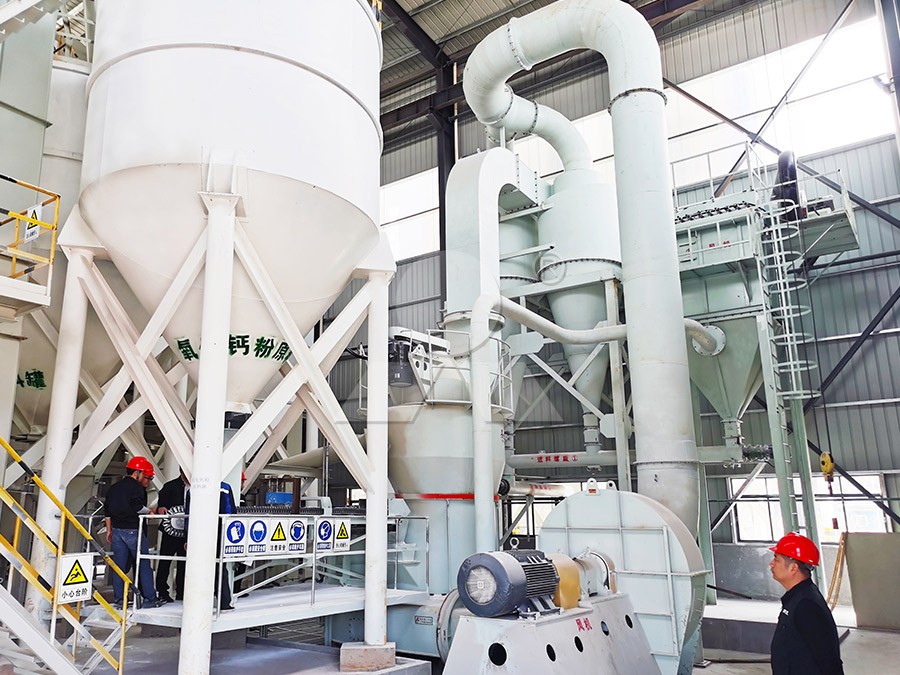Fused Quartz Grinding Mill Manufacturer for Fine Powder Production
Fused Quartz Grinding Mill Manufacturer for Fine Powder Production
In the world of industrial minerals processing, few materials present as many challenges and opportunities as fused quartz. With its exceptional purity requirements, high hardness, and specialized applications, fused quartz demands grinding equipment that can deliver ultra-fine powders while maintaining chemical integrity and production efficiency.

The Unique Challenges of Fused Quartz Processing
Fused quartz, known for its high purity and exceptional thermal and optical properties, requires careful handling throughout the grinding process. Traditional grinding methods often introduce contamination, reduce yield through excessive heat generation, or fail to achieve the precise particle size distribution demanded by high-tech industries. The material’s inherent hardness (approximately 7 on the Mohs scale) and brittleness necessitate specialized milling approaches that can fracture particles cleanly without introducing excessive mechanical stress or thermal damage.
Modern fused quartz applications span semiconductor manufacturing, fiber optics, laboratory ware, and high-temperature lighting. Each application demands specific particle characteristics, from coarse granules for refractory applications to sub-micron powders for advanced composites. The ability to consistently produce these varied specifications requires grinding technology that combines precision, reliability, and flexibility.
Advanced Grinding Solutions for Precision Applications
After extensive research and field testing, our engineering team has identified specific grinding technologies that excel in fused quartz processing. The MW Ultrafine Grinding Mill stands out as particularly well-suited for high-purity quartz applications. This advanced mill system handles input sizes up to 20 mm and delivers production capacities ranging from 0.5 to 25 tons per hour, making it suitable for both pilot projects and full-scale production facilities.
What makes the MW series exceptional for fused quartz is its innovative grinding chamber design that eliminates rolling bearings and screws within the grinding zone. This critical feature prevents metallic contamination—a paramount concern when processing high-purity materials. The external lubrication system allows for maintenance without shutdown, ensuring continuous production cycles that can extend to 24-hour operation when required by production schedules.

Technical Innovations Driving Performance
The MW Ultrafine Grinding Mill incorporates several proprietary technologies that directly address the challenges of fused quartz processing. The newly designed grinding curves of the grinding roller and ring enhance efficiency by optimizing the contact geometry between grinding elements and material. Independent testing has demonstrated production capacity increases of up to 40% compared to jet milling systems, with energy consumption reduced to just 30% of comparable technologies.
Perhaps most importantly for fused quartz applications, the mill’s cage-type powder selector—incorporating German separation technology—enables precise control over final product fineness. Operators can adjust particle size between 325 and 2500 meshes, with the system capable of achieving d97≤5μm in a single pass. This precision eliminates the need for secondary classification in most applications, streamlining production while maintaining tight specifications.
Environmental and Operational Considerations
Beyond technical performance, modern grinding systems must address environmental concerns and operator safety. The MW series integrates efficient pulse dust collection and advanced noise reduction technologies that keep workplace conditions within international standards. The completely sealed system operates under negative pressure, preventing fugitive dust emissions while the integrated silencer and noise elimination room reduce operational noise to workplace-safe levels.
From an operational standpoint, the digital control systems provide precise management of all grinding parameters, while the extensive spare parts supply chain ensures minimal downtime. Our commitment to supporting every machine we manufacture includes providing original spare parts and technical services that keep operations running smoothly year after year.

Applications Beyond Fused Quartz
While optimized for fused quartz, the MW Ultrafine Grinding Mill demonstrates exceptional versatility across numerous mineral applications. The technology has proven equally effective with limestone, calcite, dolomite, petroleum coal, gypsum, barite, marble, talc, and various industrial minerals. This flexibility makes it an ideal choice for operations processing multiple materials or those anticipating future product diversification.
The chemical industry, paint manufacturers, cosmetics producers, pharmaceutical companies, and food additive processors have all successfully implemented this technology for their fine powder requirements. The consistent performance across such varied materials underscores the robust engineering and thoughtful design that characterizes this grinding platform.
Frequently Asked Questions
What makes the MW Ultrafine Grinding Mill suitable for fused quartz applications?
The absence of rolling bearings and screws in the grinding chamber prevents metallic contamination, while the precision powder selection system ensures tight particle size distribution control essential for high-purity quartz products.
How does the energy consumption compare to traditional grinding systems?
The MW series reduces energy consumption by approximately 70% compared to jet mills and 60% compared to ball mills, while increasing production capacity by up to 40%.
What particle size range can be achieved with this technology?
The system produces powders ranging from 325 to 2500 meshes, with the ability to achieve d97≤5μm in a single processing stage without secondary classification.
How does the mill address environmental concerns?
Integrated pulse dust collectors, silencers, and negative pressure operation ensure compliance with international environmental standards for dust emissions and noise pollution.
What maintenance advantages does the design offer?
The external lubrication system enables maintenance without shutdown, while the simplified chamber design reduces wear parts and extends service intervals significantly.
